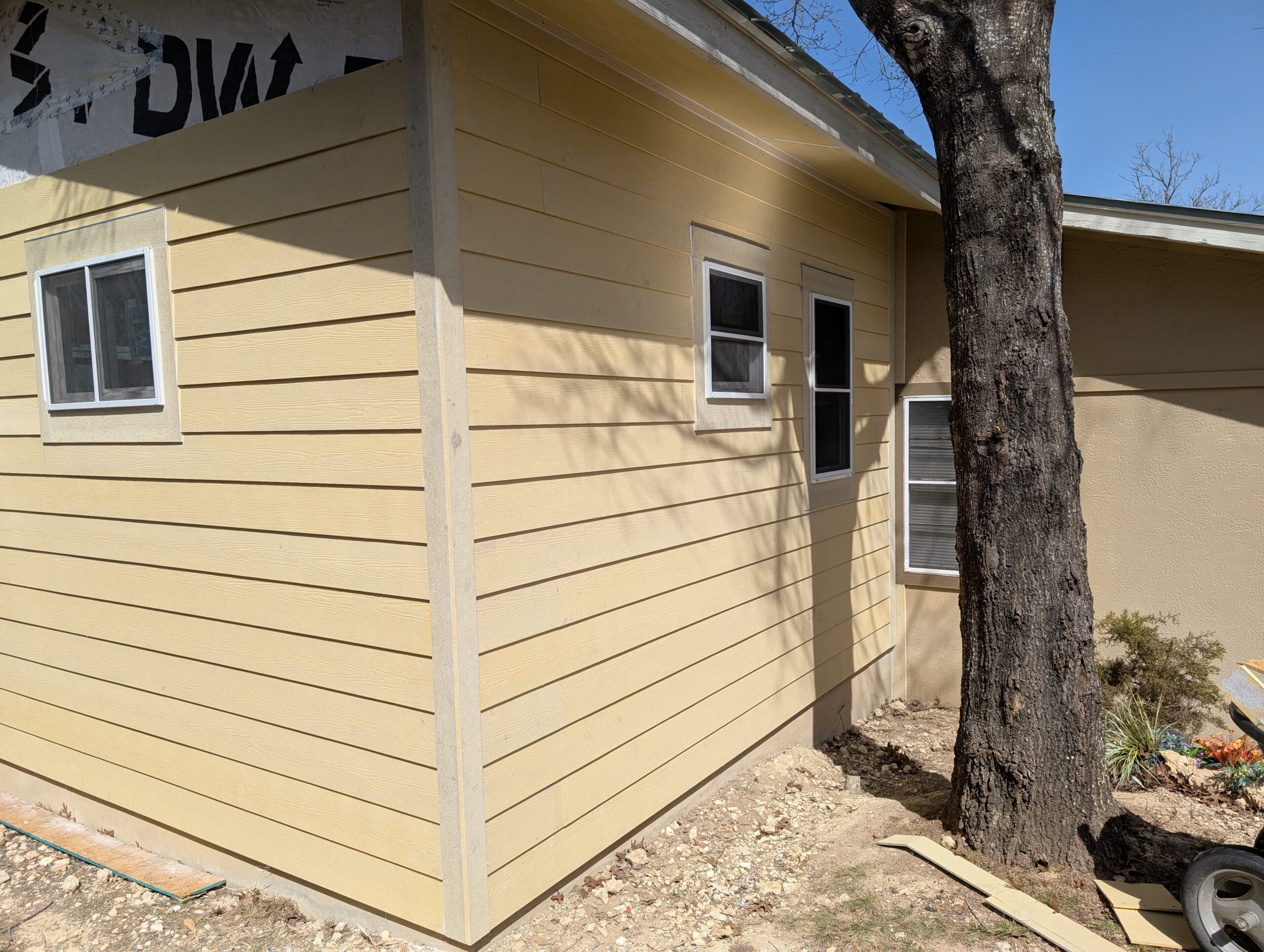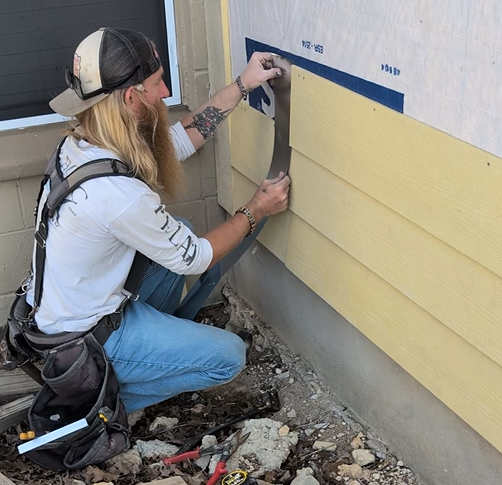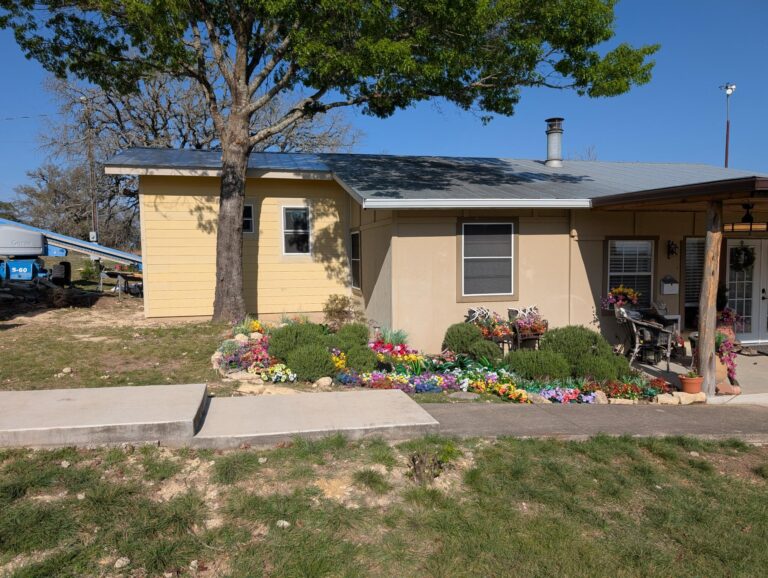
One of the best investments you can make as a homeowner is completing an exterior remodel and installing all-new Hardie Plank Siding. Hardie Plank Siding is durable and long-lasting, resistant to extreme weather, moisture, fire, and pests, and it comes in any style and color you could ever desire.
Also, when appropriately installed, Hardie Plank Siding is typically covered by a 30-year warranty, allowing you to relax knowing that your investment is protected for a long time. That said, a warranty can be voided if the siding is installed improperly or if unauthorized modifications are made.
So, if you are considering installing Hardie Plank Siding on your home, you will need to speak with your contractor and ensure they install everything according to the Hardie Plank Siding Installation Guide to ensure the warranty remains valid.
Let’s look at three of the most common steps contractors overlook when installing Hardie Plank Siding and break down each installation step from start to finish.
Even experienced contractors can make critical mistakes when installing Hardie Plank Siding. These oversights may not be immediately noticeable but can lead to costly repairs down the line or even void the manufacturer’s warranty.
Here are the three most common steps that contractors often overlook.
One of the biggest mistakes contractors make during installation is failing to overlap and tape the seams of the moisture barrier. Although Hardie Plank Siding is designed to be highly resistant to moisture, improper seam treatment of the underlying HardieWrap, felt paper, or Tyvek can create weak points where water can seep in.
Contractors should always follow manufacturer guidelines for seam overlap and use high-quality, weather-resistant tape to seal the seams effectively. This step is crucial for maintaining the siding’s integrity and preventing mold, rot, and structural damage.
The type of nails used in Hardie Plank Siding installation significantly affects the siding’s longevity. Many contractors overlook the importance of using corrosion-resistant fasteners, opting for standard nails that can rust over time. James Hardie recommends using galvanized or stainless steel nails, which resist rust and deterioration. Additionally, these nails must be long enough to penetrate at least 1 ¼ inches into the studs to ensure a secure hold. Using improper nails can lead to siding loosening, warping, or premature failure.
Flashing is a critical yet frequently neglected step in Hardie Plank Siding installation. Every vertical butt joint should have flashing installed behind it to direct water away from the structure. Additionally, Z-flashing must be placed above doors, windows, and horizontal trim boards to prevent water from pooling and infiltrating the building envelope. Water intrusion can lead to rot, mold growth, and compromised structural integrity without these protective measures.
*When speaking to a contractor about installing Hardie Plank Siding on your home, precisely ask about these three critical installation steps. If the contractor doesn’t give you a straight answer or is unsure about your questions, take it as a red flag and find someone else to work with.

At Bandera Construction Co., we take every step necessary to ensure your Hardie Plank Siding installation is done right the first time. Here’s why these details matter and how we provide a top-tier installation that will keep your warranty intact.
Hardie Plank Siding is heavy and brittle, so it must be stored and handled correctly before installation. Improper handling can lead to cracks or warping, compromising its performance over time.
The moisture barrier is a crucial layer of defense for your home. Without it, water can penetrate behind the siding, leading to rot, mold, and structural damage.
Using the proper fasteners and installation methods ensures that your Hardie Plank Siding remains secure and crack-free for years to come.
Hardie Plank Siding expands and contracts with temperature changes, so it must be installed with the correct spacing.
Flashing is one of the most overlooked yet essential aspects of Hardie Plank Siding installation. Water will enter any unprotected seams, leading to structural damage.
Improper cutting of Hardie Plank Siding can cause premature failure and pose health risks.
Many contractors make the mistake of caulking in the wrong places or using low-quality sealants.
Clearance requirements are crucial to prevent moisture damage and ensure long-term durability.

When searching for a contractor in Bandera to install your Hardie Plank Siding, you need a company that prioritizes quality and will follow all the necessary steps to ensure your warranty will not be voided due to improper installation.
Bandera Construction Co. never skips the small and most crucial steps that ensure your home remains protected while following all of the manufacturer’s requirements.
Contact us today to learn more about the benefits of protecting your home with Hardie Plank Siding.